
Equine Veterinary Students Welcome New Learning Tool
Veterinary professors in England develop “Anato-Rug” to help students study equine anatomy.

Veterinary professors in England develop “Anato-Rug” to help students study equine anatomy.
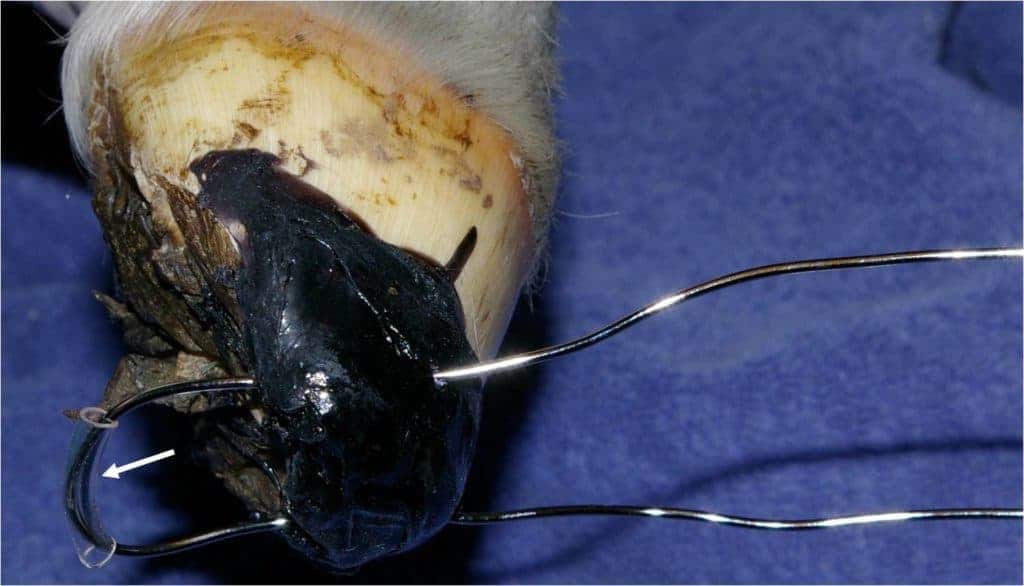
A novel treatment technique for correcting flexural deformities in foals showed promise in a recent study.
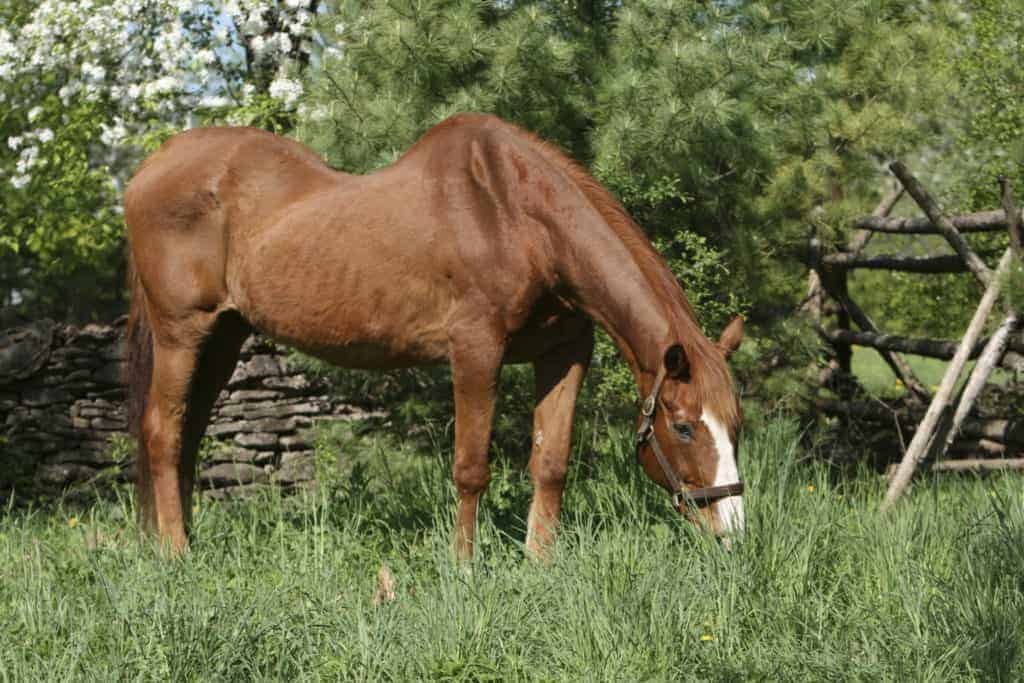
Zoledronate appears effective in improving clinical signs associated with bone fragility disorder.

Researchers found that foals turned out to pasture had similar joint defects as those exercised daily.

Research indicates that most sound horses’ movements differ depending on direction of travel on a circle.
The hind limb lameness seminar will be held in conjunction with the AAEP’s Business Education Workshop.
A recent study suggests that with supportive care affected foals can lead healthy and productive lives.
The team measured anti-Mullerian hormone in the blood to successfully diagnose chryptorchidism.

One researcher described how to evaluate horses’ feet, legs, and gaits for potential soundness or lameness.
The 2012 program kicks off on Feb. 23 with “Managing Angular Limb Deformities in the Young Horse.”
The schedule includes three owner seminars, a breeding clinic, and three pedigree and conformation clinics.
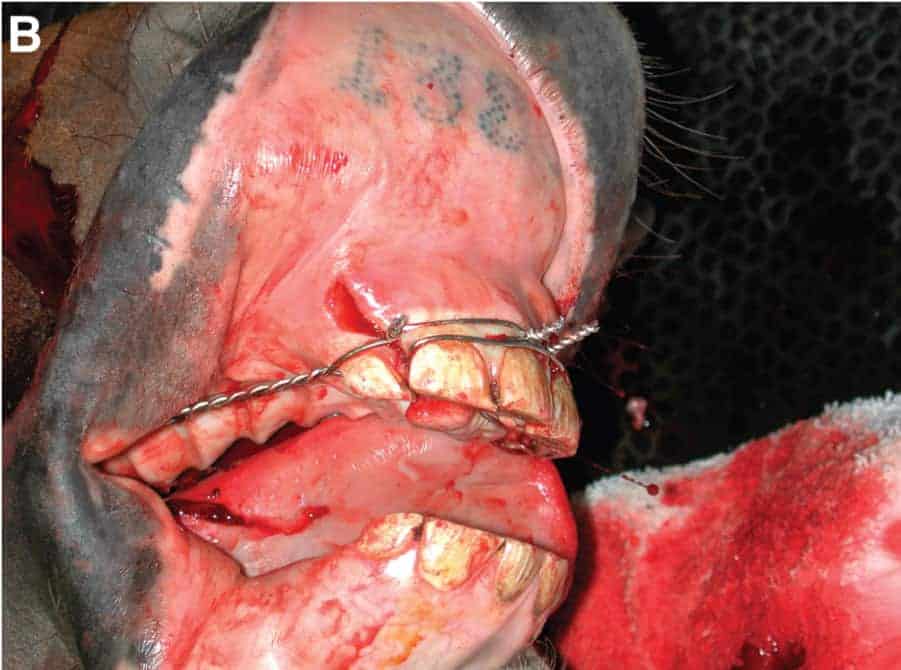
Despite their ghastly appearance most jaw fractures can be repaired relatively easily in a field setting.
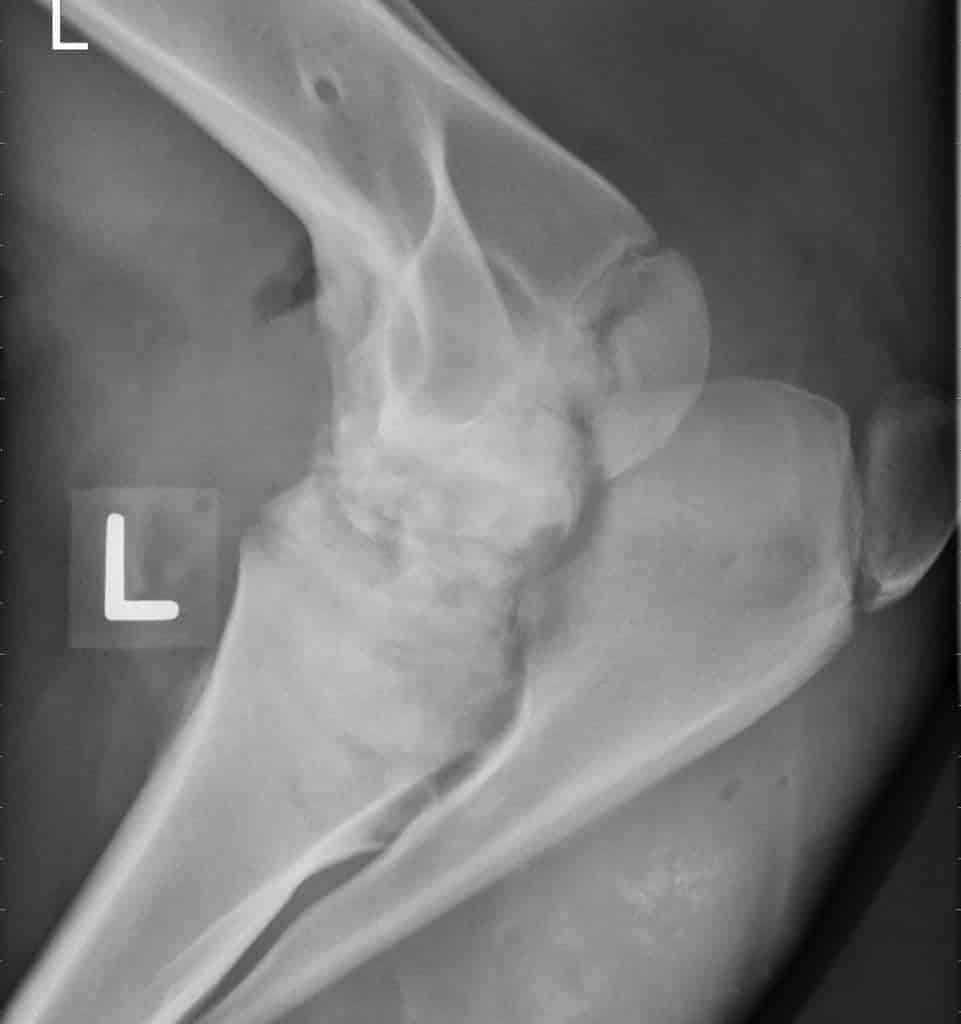
Treatment goals should be to aid in performance without eliminating the joint’s natural response to injury.

Kissing spines are more likely to cause clinical problems in certain breeds, disciplines, and age groups.
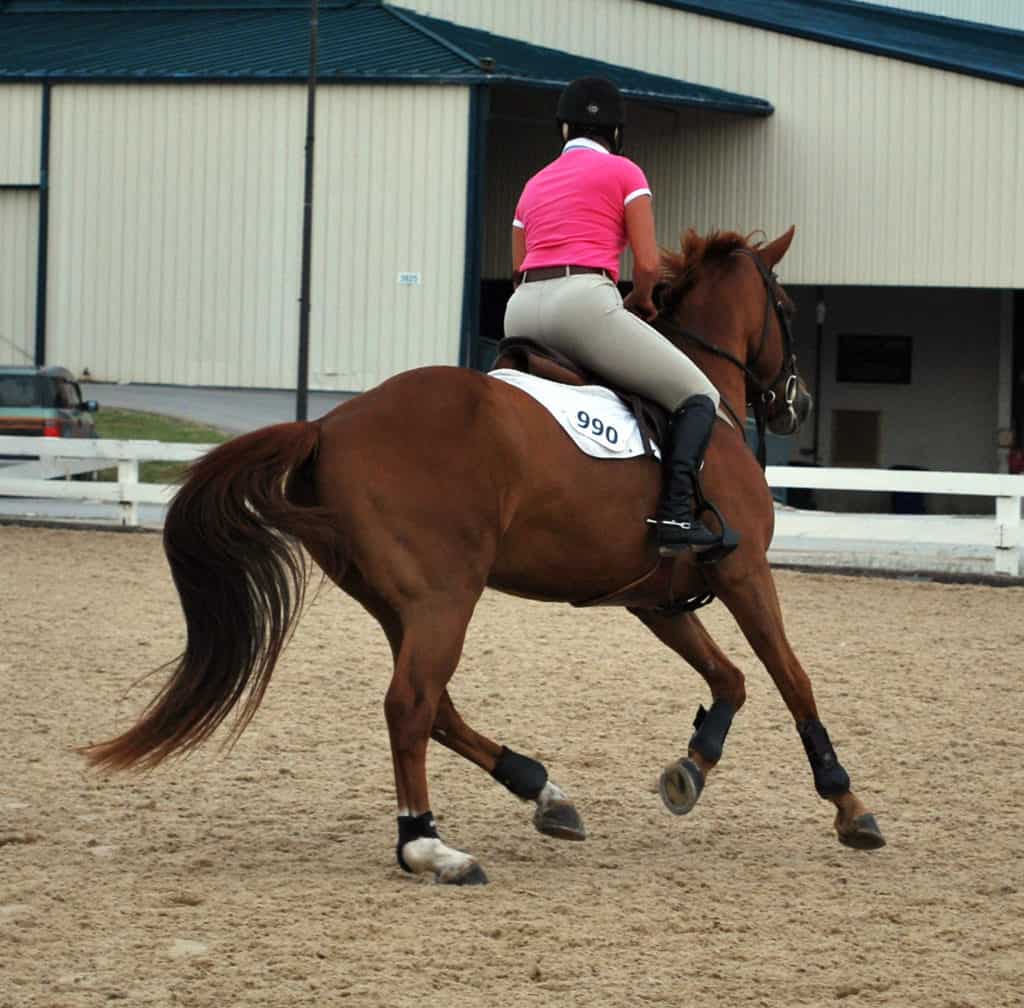
Bracelets and leg weights strengthen and activate certain muscles to help improve hind end gait abnormalities.
When a horse needs surgery, what’s his prognosis for a full recovery? What problems can occur during recovery?
Stay on top of the most recent Horse Health news with
"*" indicates required fields